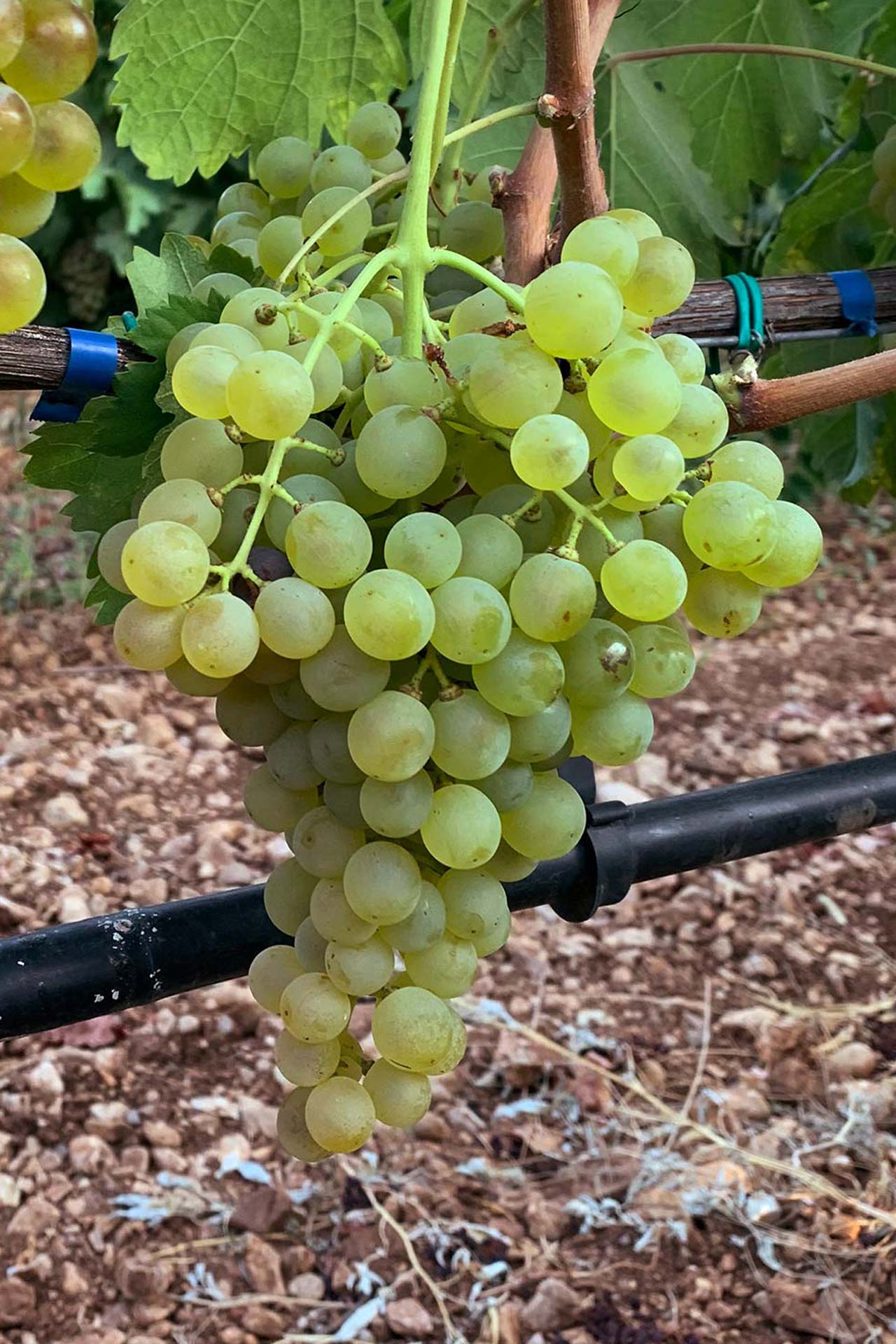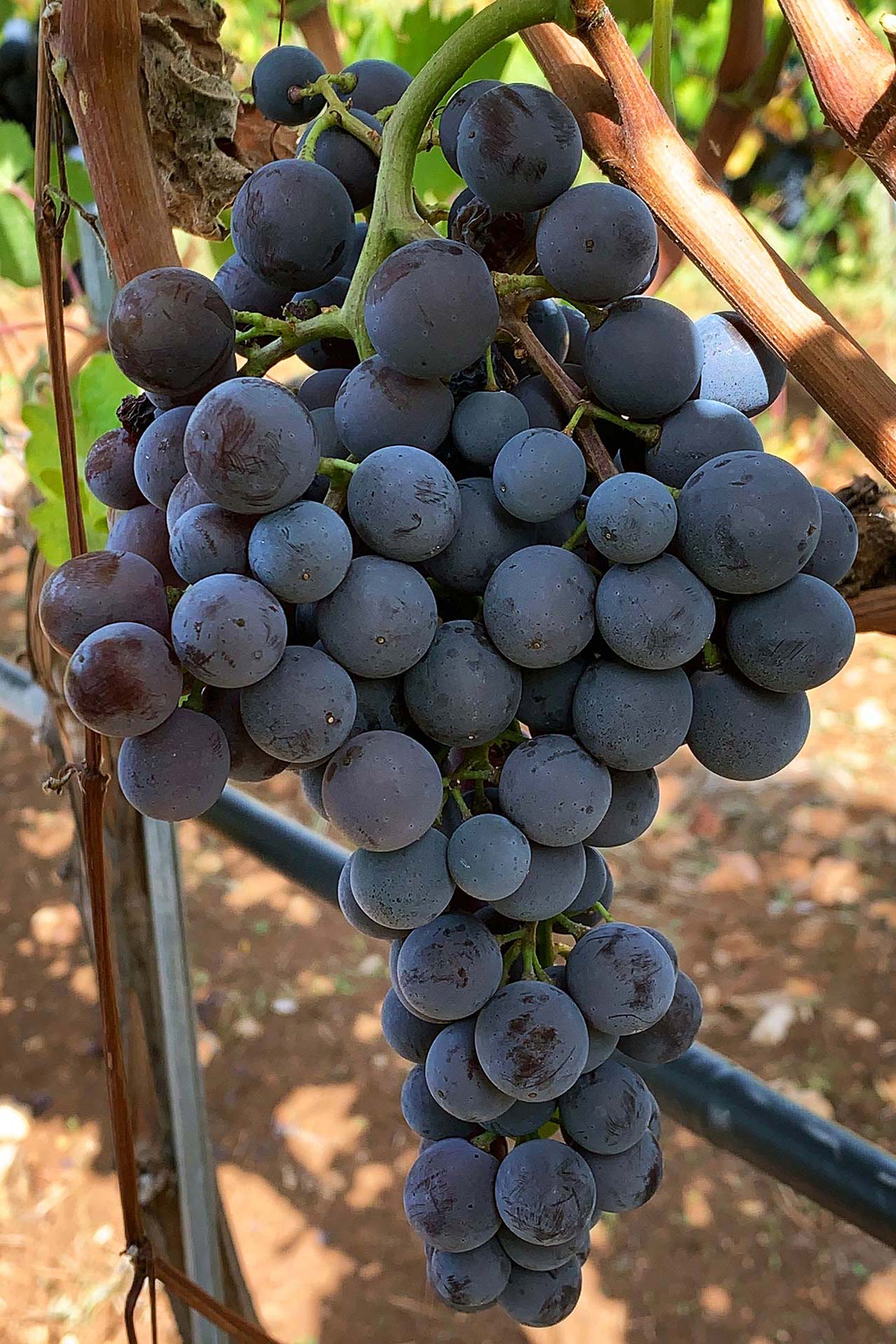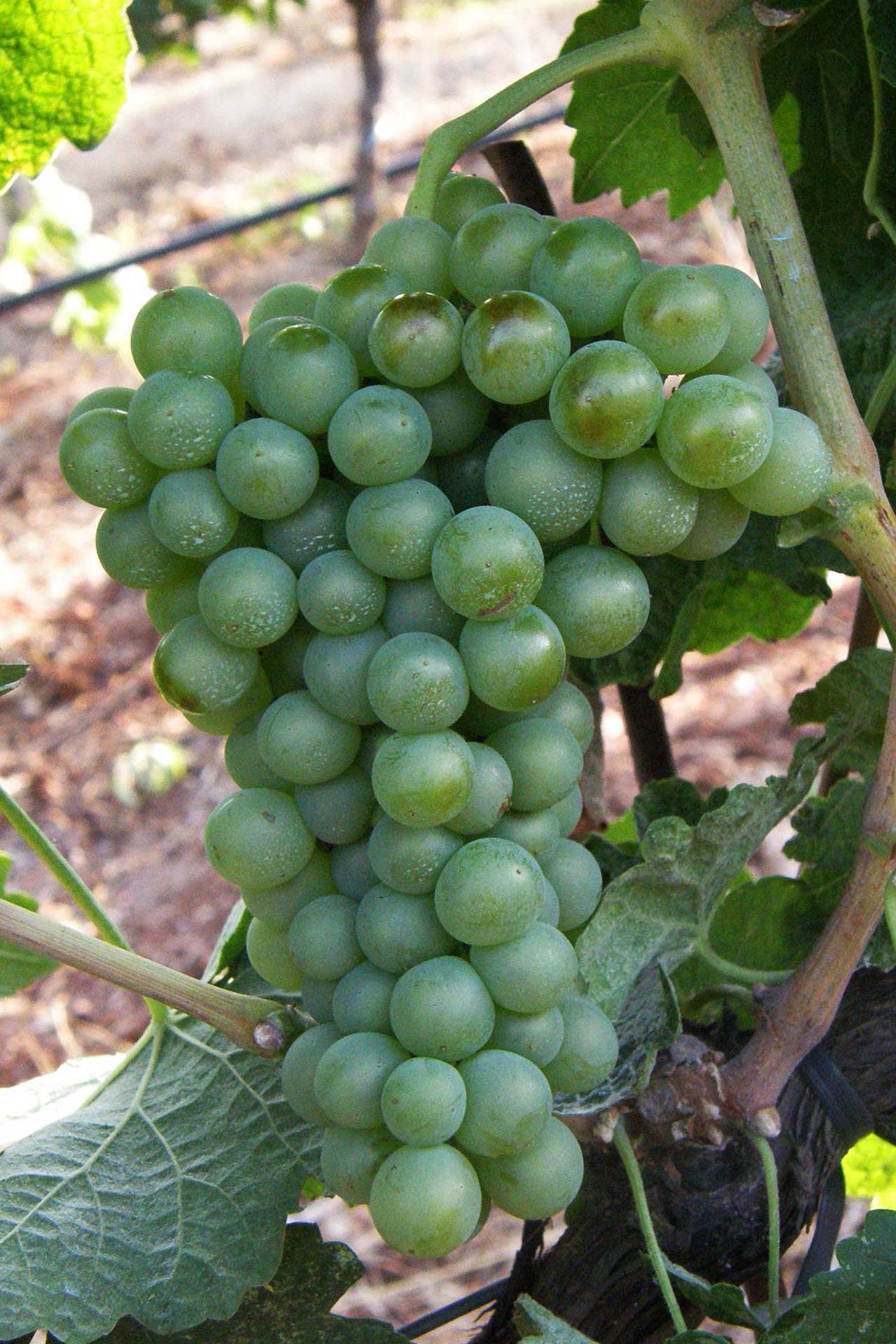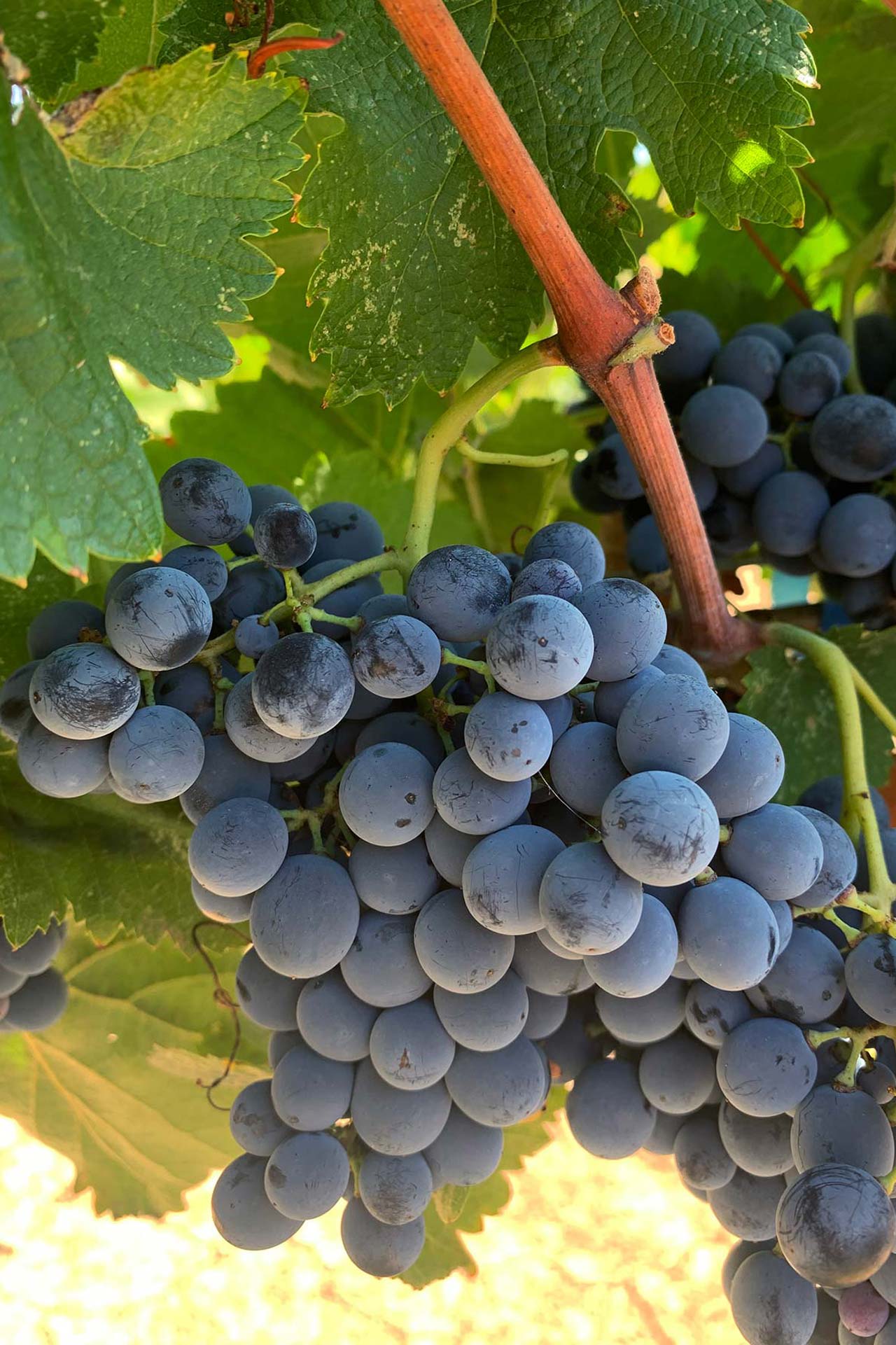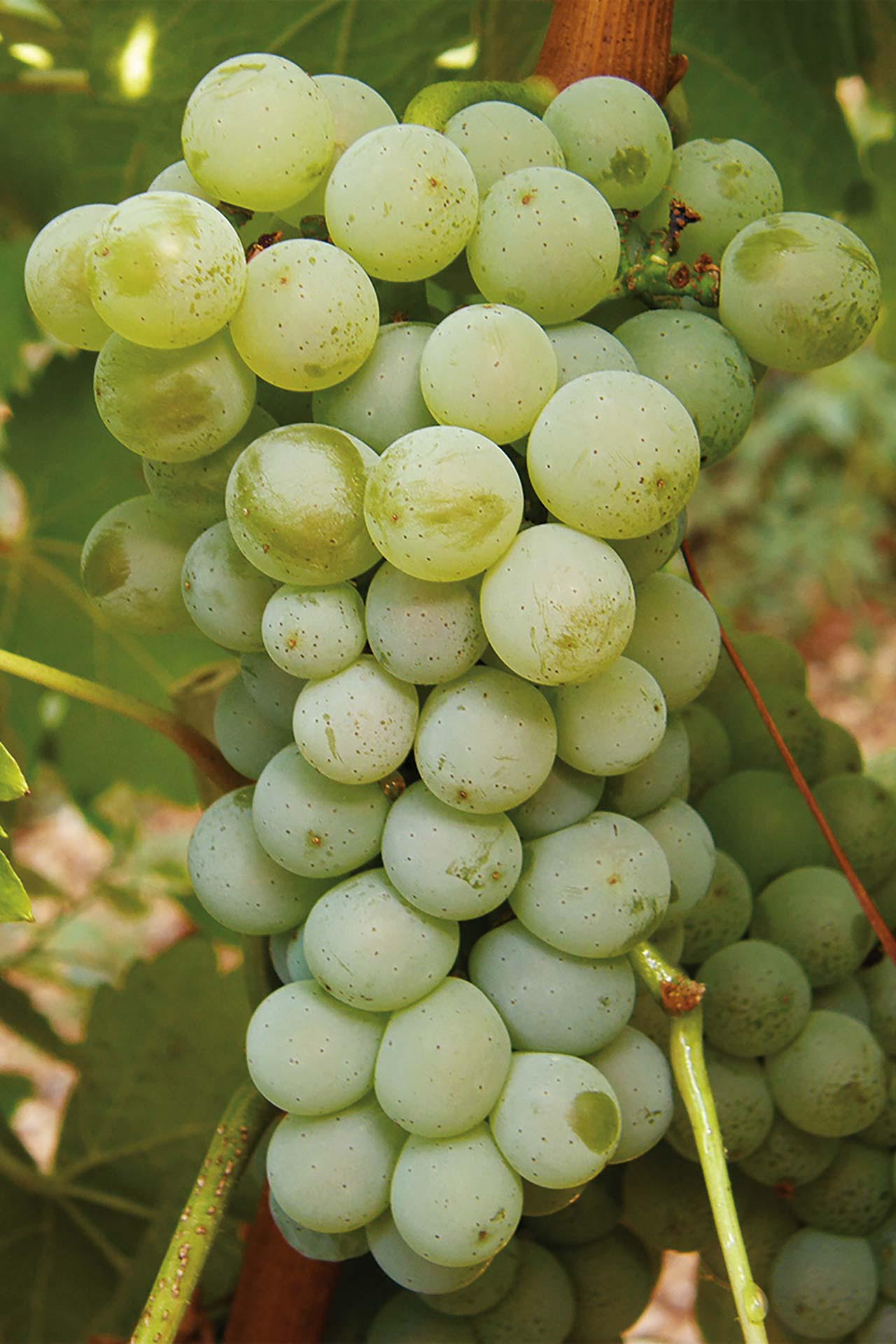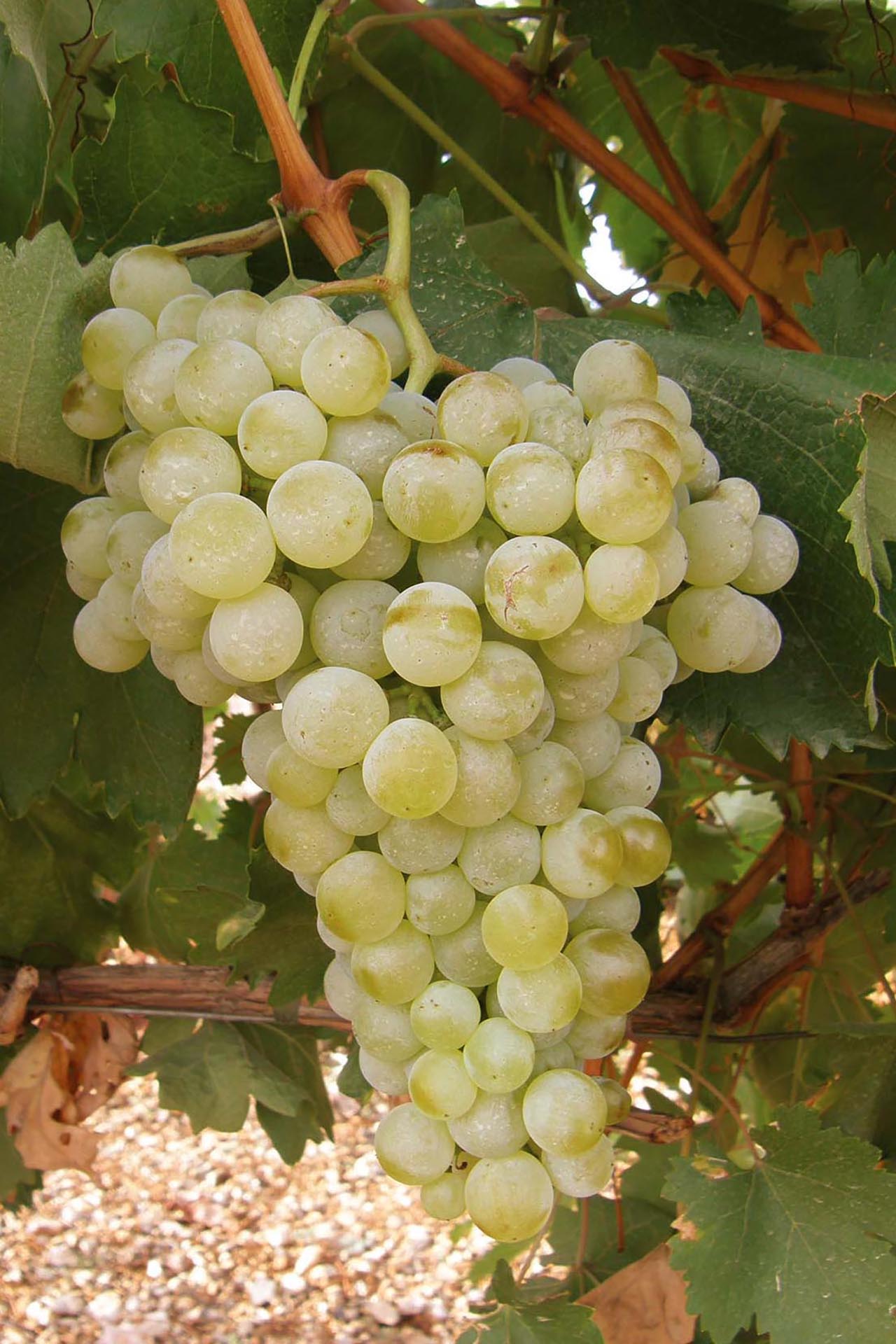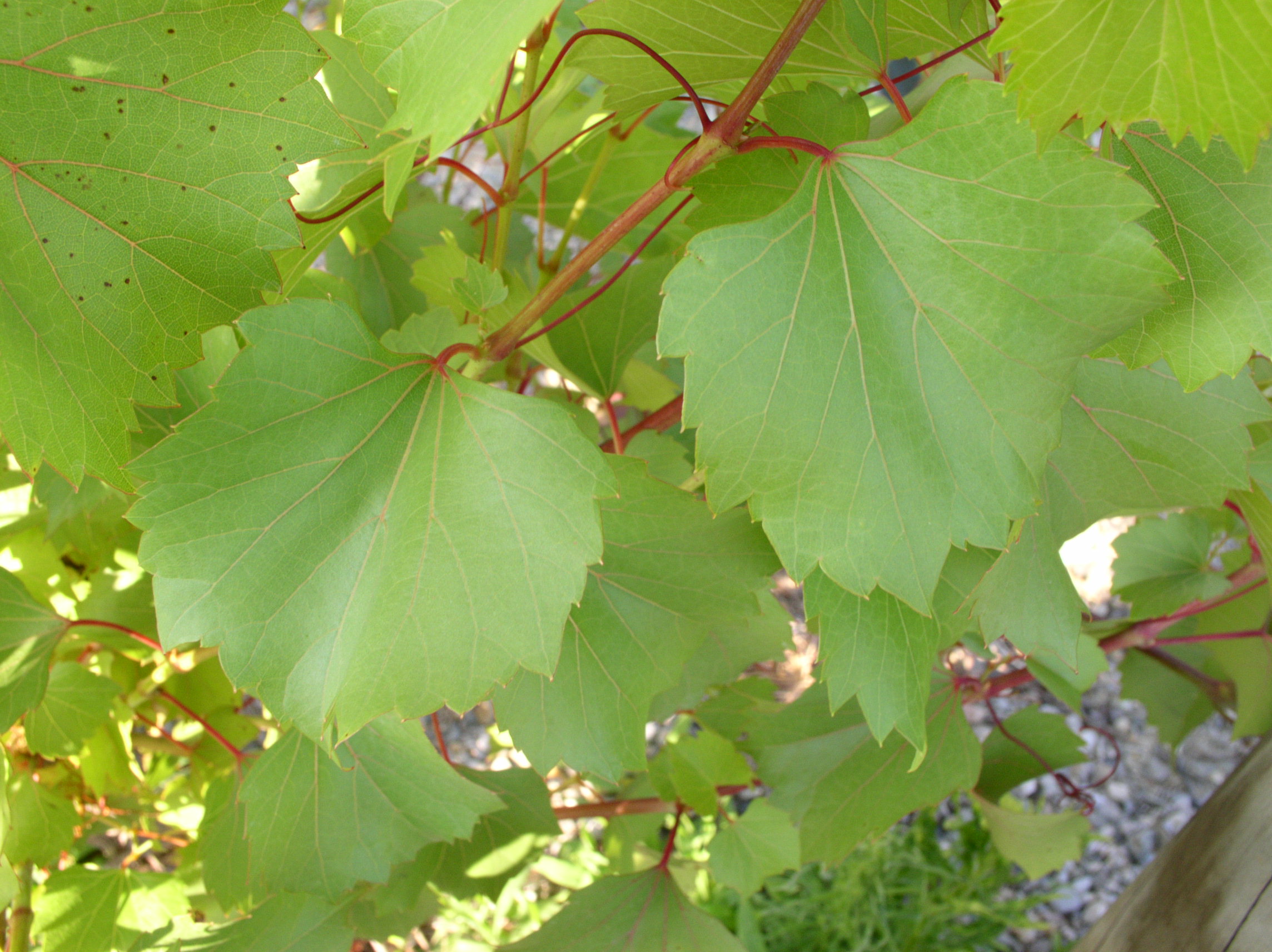
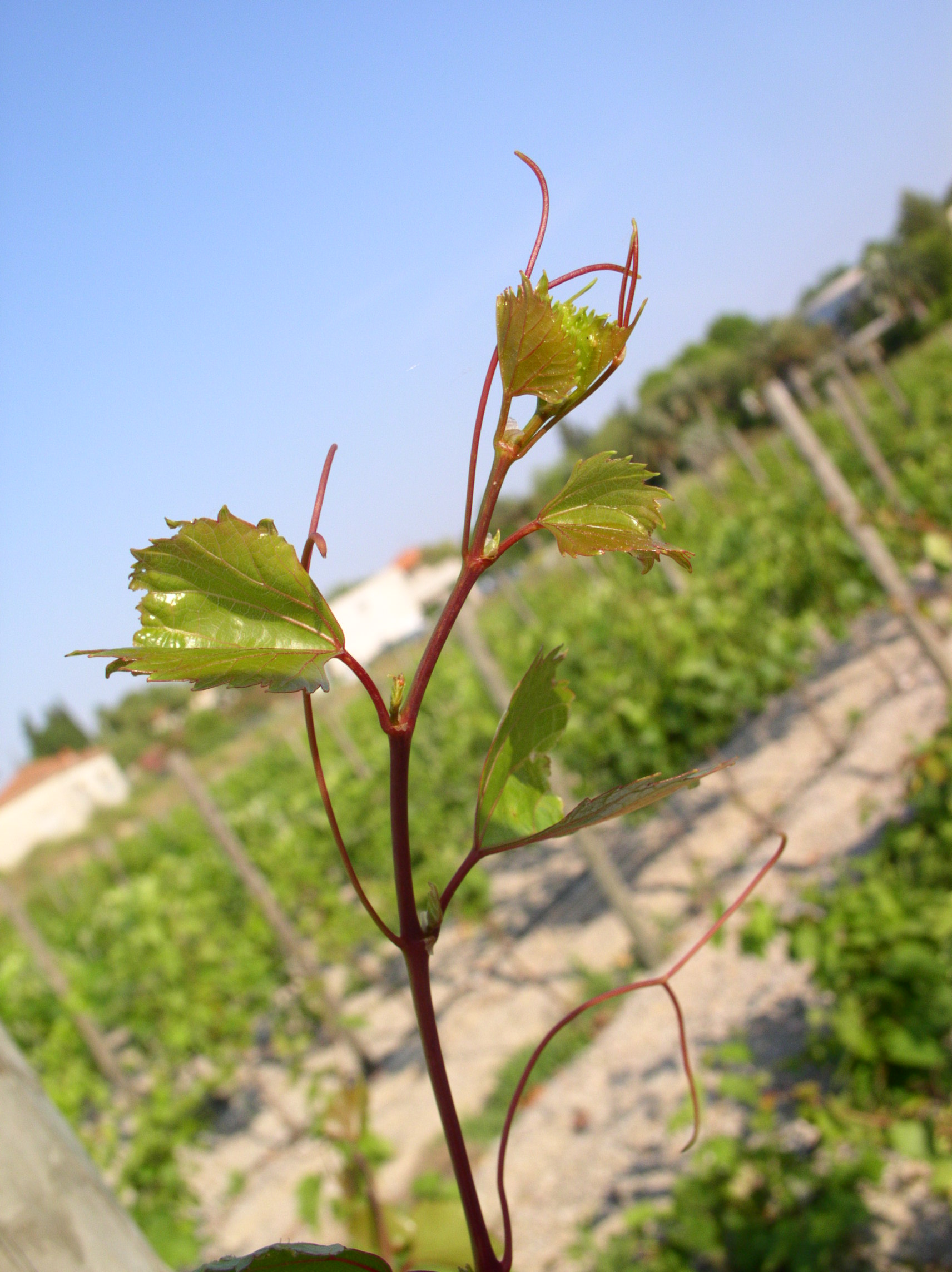
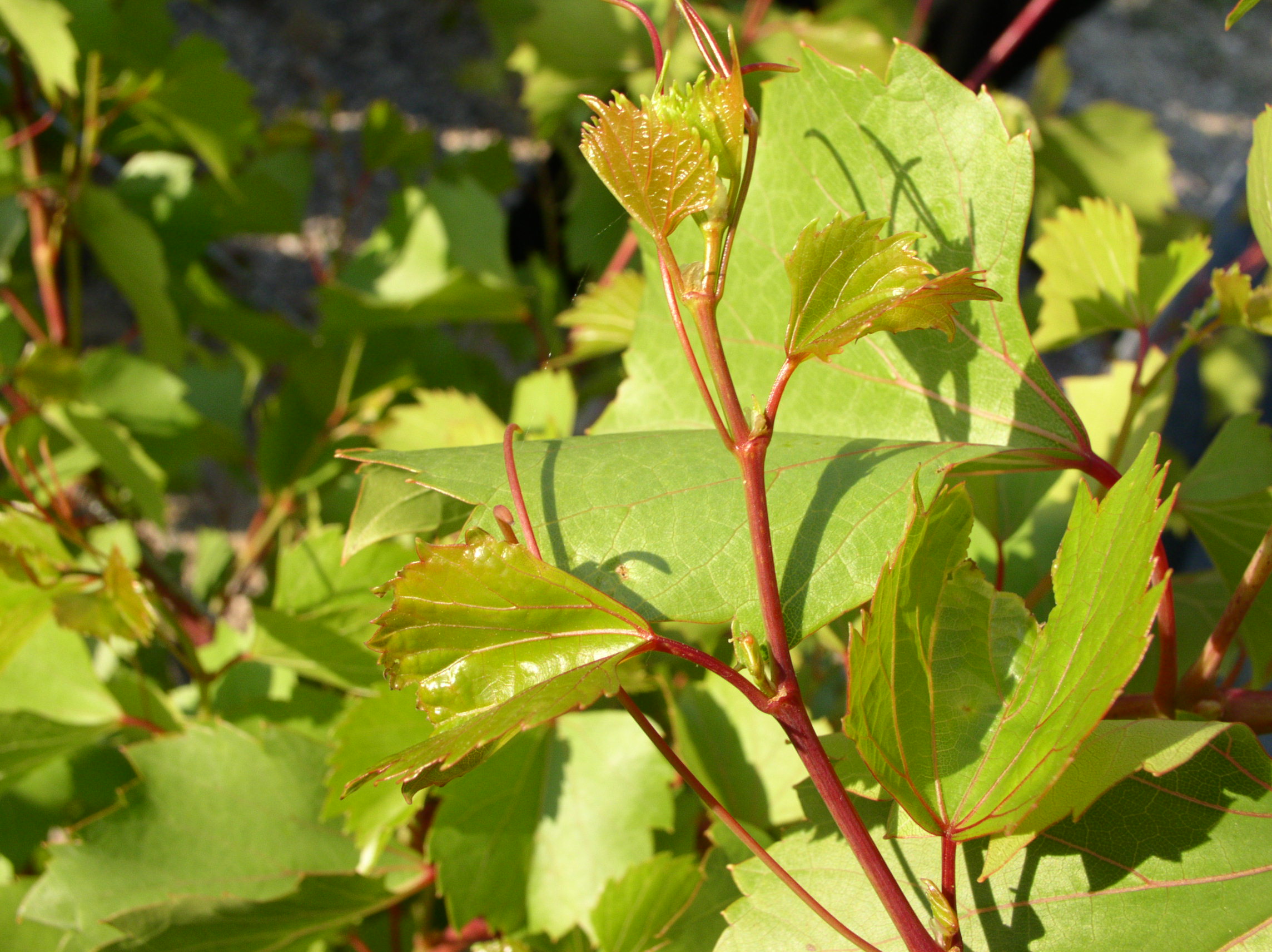
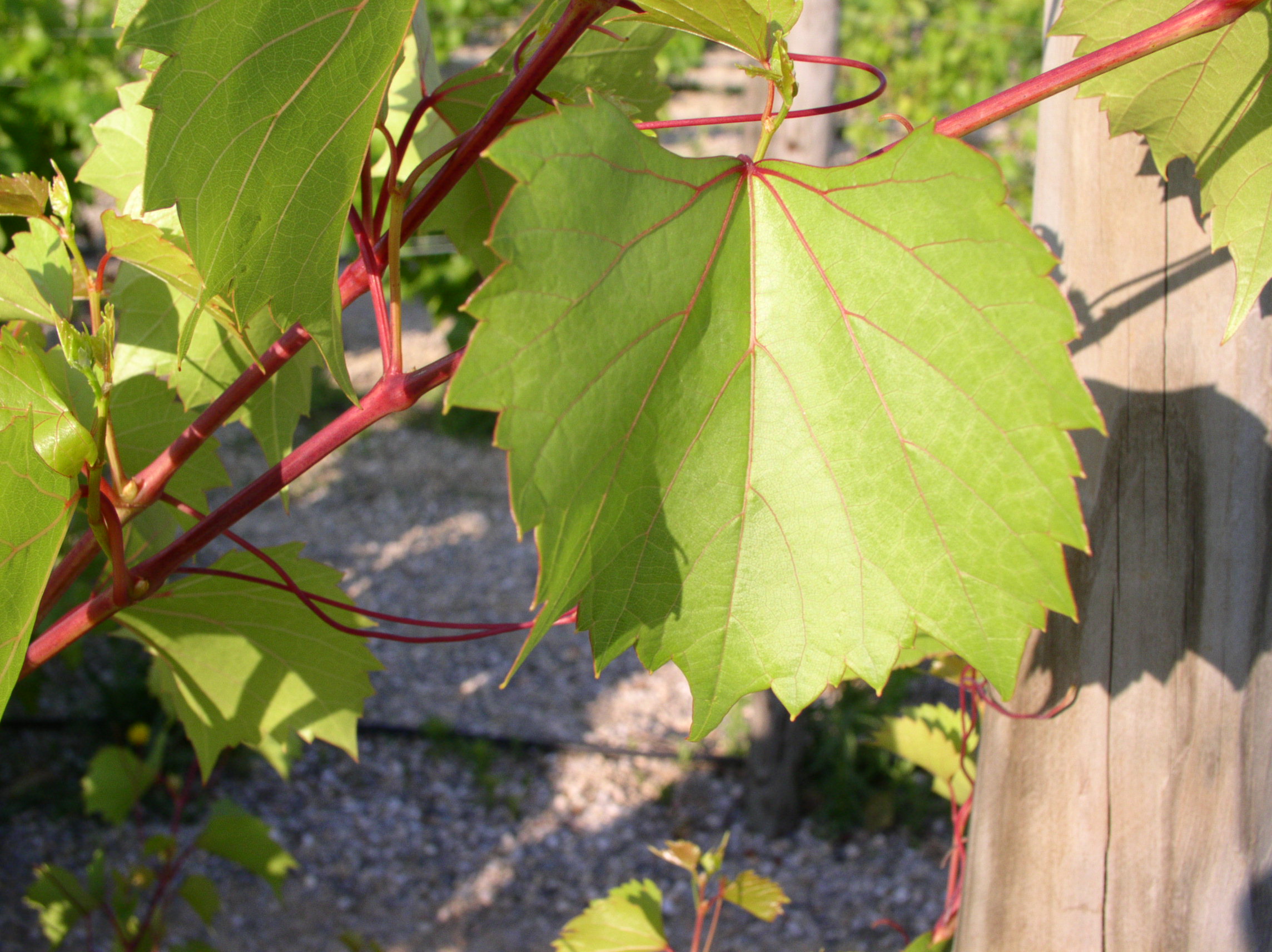
Rupestris du lot
Description
Rootstock deriving from the type of Vitis rupestris Scheele.
Today there are 6 different clones of this rootstock: 110, 110, 213, 214, 235, 750, 751.
Resistance to Soil Pests
Rupestris du Lot has good tolerance against the root form of phylloxera but is susceptible to the Meloidogyne arenaria and Meloidogyne incognita nematodes. It shows relative tolerance to Meloidogyne hapla, Phytophthora cinnamomi and Agrobacterium vitis nematodes.
Adaptation
25% tolerance to total calcium, 14% to active calcium, and up to 20 CCI. Tolerance to drought is medium and it planting should be avoided in very cohesive soils. Rupestris du Lot adapts well to poor soils with low calcium content.
Interaction with the implant and production targets
Rupestris du Lot is generally well compatible with grafts. It transmits high robustness and vegetative growth to the graft, lengthens the germinal cycle and may create coulure problems in varieties that are susceptible to this phenomenon.
Specific multiplication properties
It has short internode spaces and small to medium diameter clematis. The growth of node buds is very important and wood production is low (20,000- 40,000 metres / ha ). Good rooting and grafting capacity.
Parasite Resiliance
It has short internode spaces and small to medium diameter clematis. The growth of node buds is very important and wood production is low (20,000- 40,000 metres / ha ). Good rooting and grafting capacity.




